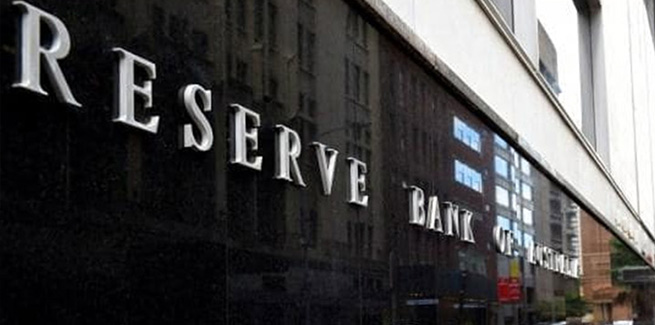Earlier this month, the Reserve Bank of Australia (RBA) held its September monetary policy meeting to discuss the economic environment and consider its decision for the monthly cash rate.
While the central bank held the official cash rate at 0.25 per cent for the sixth month in a row, according to the minutes from the meeting released this week, the central bank has recognised that business lending has been falling in recent months.
The board noted that while previous cash rate reductions and other policy measures had “flowed through to interest rates on business loans, which were historically low”, members observed that, nevertheless, demand for business loans had remained subdued, reflecting “the weakness in economic conditions and the high level of uncertainty”.
“Large businesses had repaid the bulk of the funds obtained from existing credit lines in March and April, while lending to small and medium-sized enterprises had been little changed for some time,” the minutes read.
Similarly, the central bank board noted that interest rates on housing loans had also been at historic lows, but while rates had been low, residential commitments had also been down.
Notwithstanding the large amount of refinancing activity (with a “greater-than-usual share of borrowers moving to fixed-rate home loans”), the RBA minutes outline that the board had noted that the “growth in housing credit to owner-occupiers had eased in recent months to around 5 per cent on an annualised basis, while housing credit to investors had continued to decline”.
“This largely reflected reduced demand from borrowers, given the weak and uncertain economic environment and its effect on the housing market,” the minutes read.
“Housing loan commitments had increased over June and July, but had remained below their recent peak.”
Members noted that, in addition to “weak” demand for household and business borrowing, the supply of credit had also “tightened somewhat since earlier in the year”, reflecting the uncertain economic outlook.
Extension of the TFF
Given the uncertain outlook and the fact that the central bank’s term funding facility (TFF) initial allowance of 3 per cent of credit was seeing continued take-up as it approached deadline (originally scheduled for the end of September), the RBA agreed that an expansion of the TFF was appropriate.
As such, the board agreed to increase the size of the TFF and allow drawing of funds up until June 2021.
Under the expanded TFF, authorised deposit-taking institutions (ADIs) will have access to additional funding, equivalent to 2 per cent of their outstanding credit, at a fixed rate of 25 basis points for three years.
ADIs would be able to draw on this extra funding until the end of June 2021.
This extension would ensure that all ADIs continued to have access to the TFF after the end of September 2020.
The availability of additional allowances associated with an ADI’s growth of business credit would also be extended beyond the end of March 2021 to the end of June 2021.
“This further easing of monetary policy would bring the total amount available under this facility to around $200 billion. This would help keep interest rates low for borrowers and support the provision of credit by providing ADIs greater confidence about their continued access to low-cost funding,” the RBA minutes read.
The RBA board also noted banks had continued to receive large inflows of deposits, another relatively low-cost source of funding.
“The increase in funding from the TFF and low-cost deposits had been partly offset by banks not replacing wholesale bond funding as it matured,” the RBA minutes read, suggesting that “much of the decline in bank bonds on issue this year had been concentrated in bonds issued offshore”.
The board minutes show that members also reaffirmed that they would not increase the cash rate target until progress is made towards full employment and the bank is confident that inflation will be sustainably within the 2-3 per cent target band.
[Related: TFF drawdowns to ‘ramp up’: RBA]
